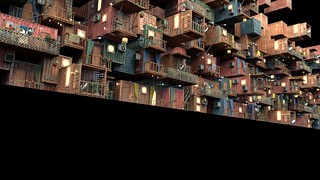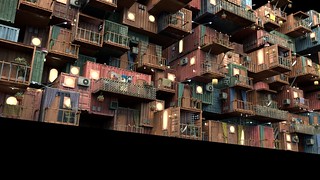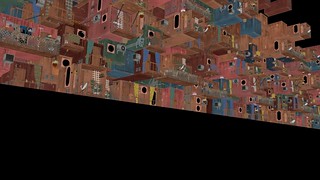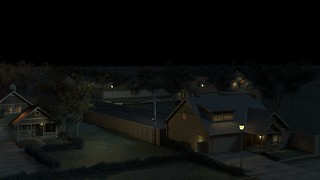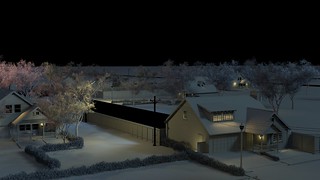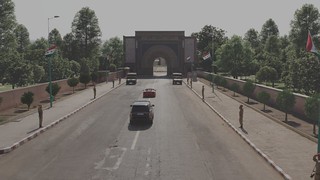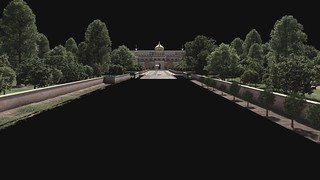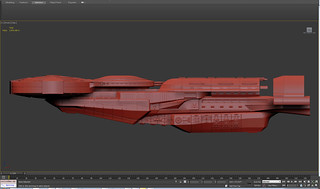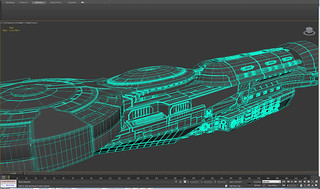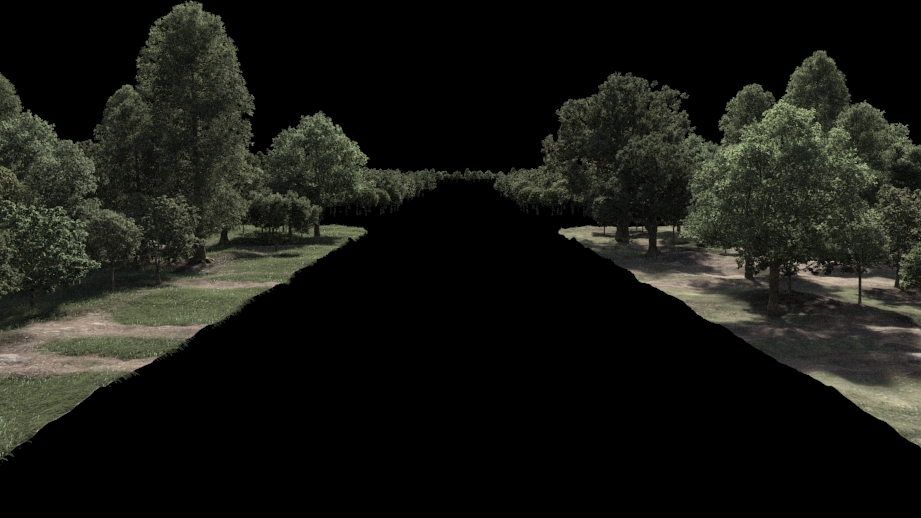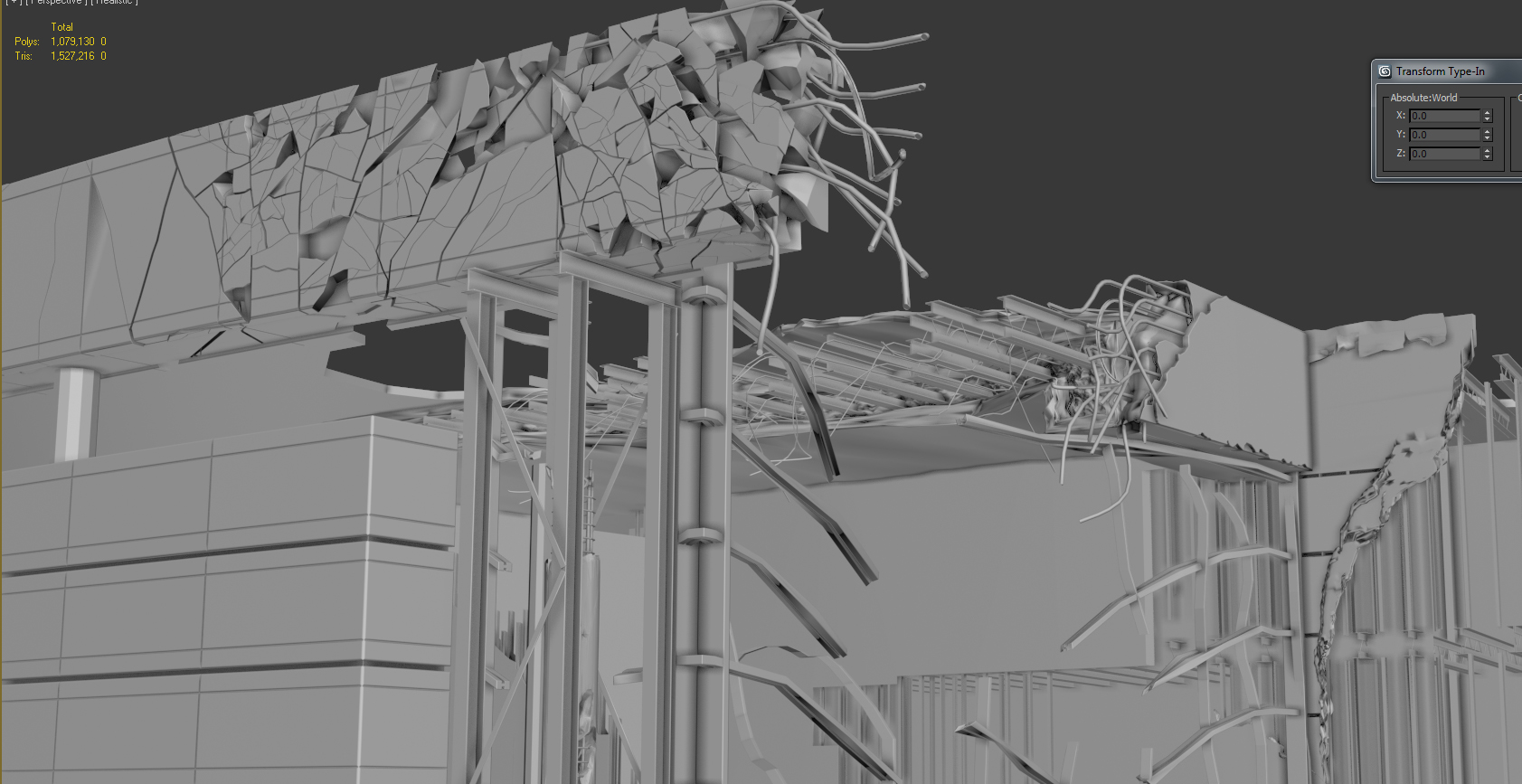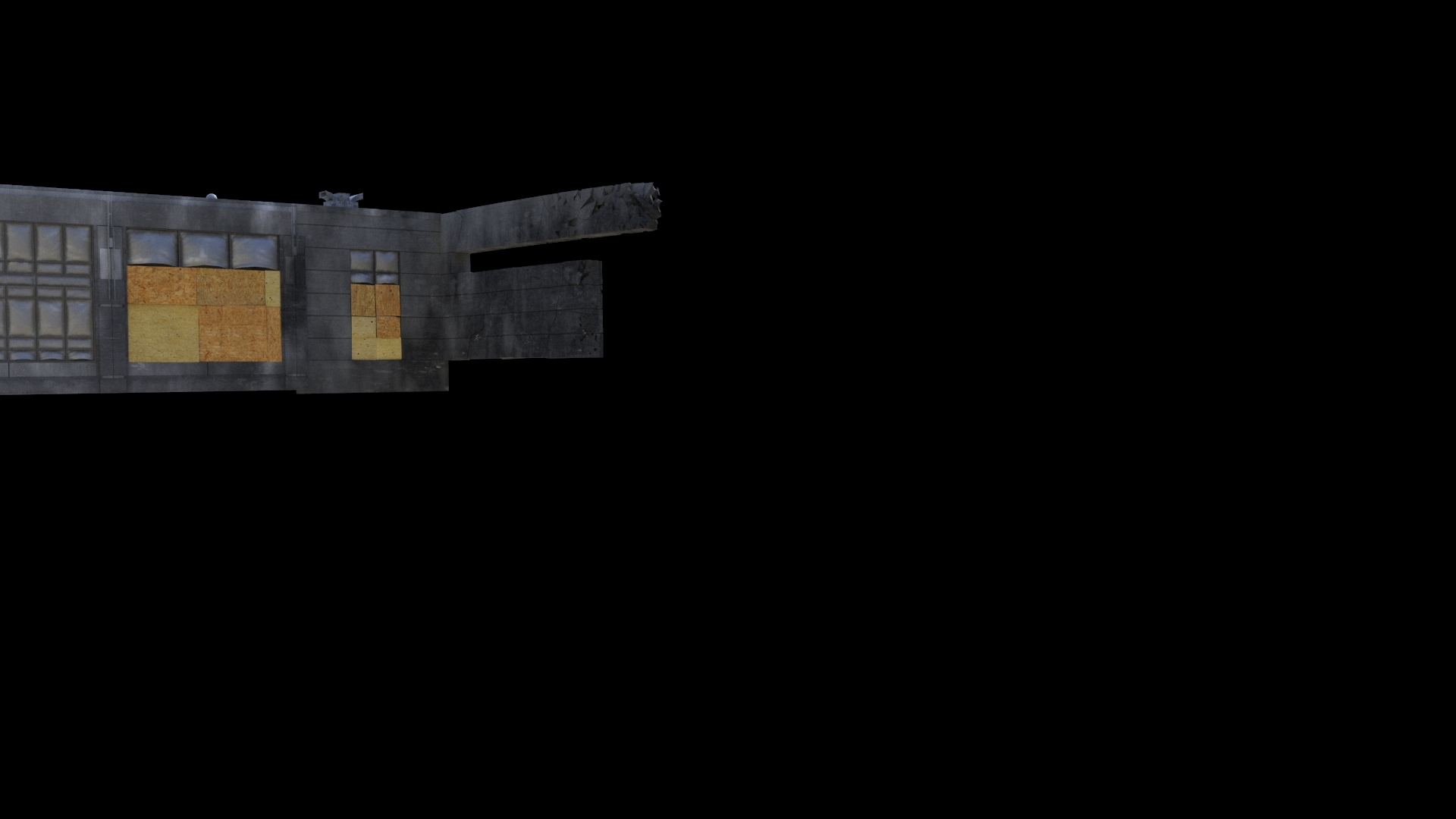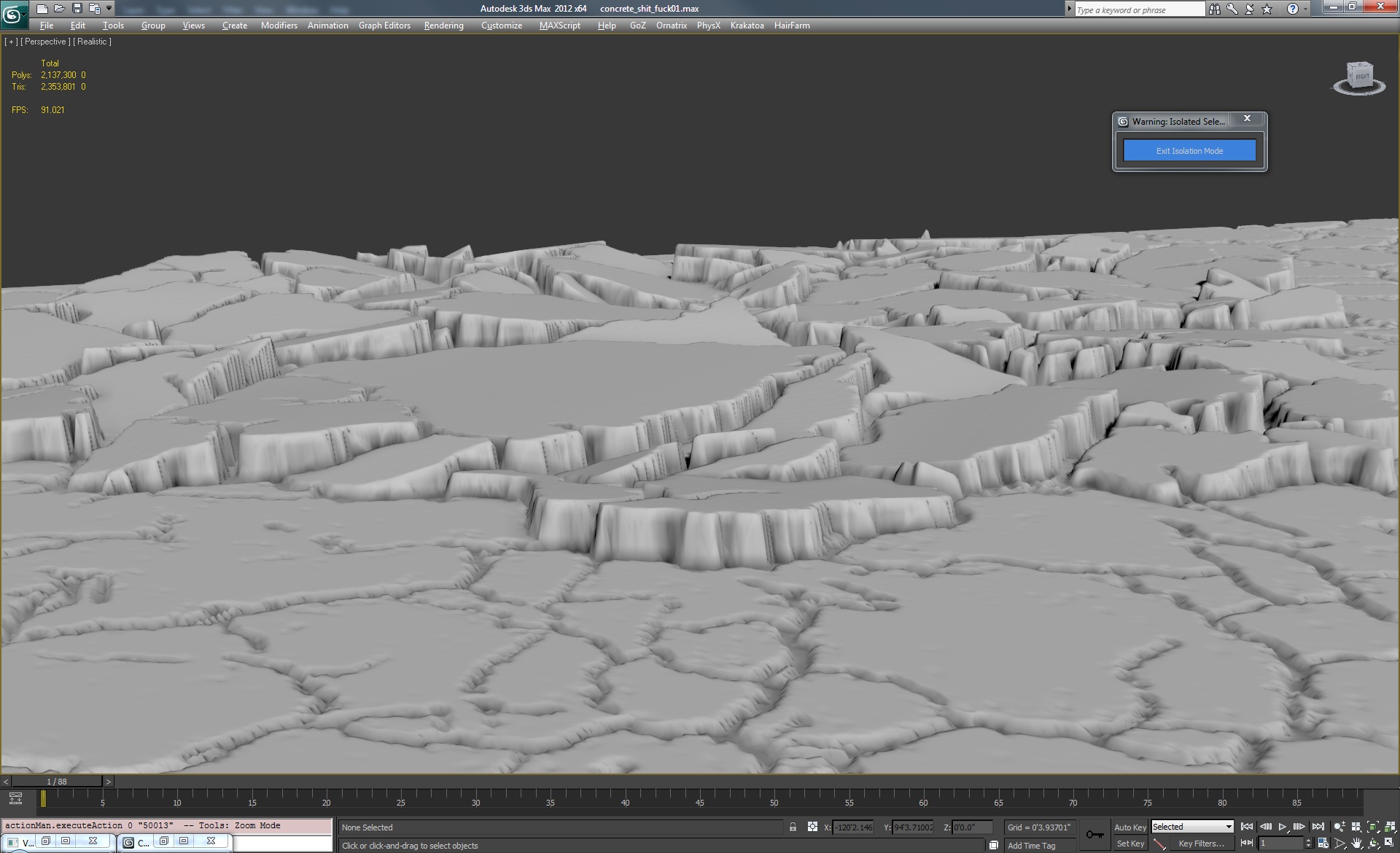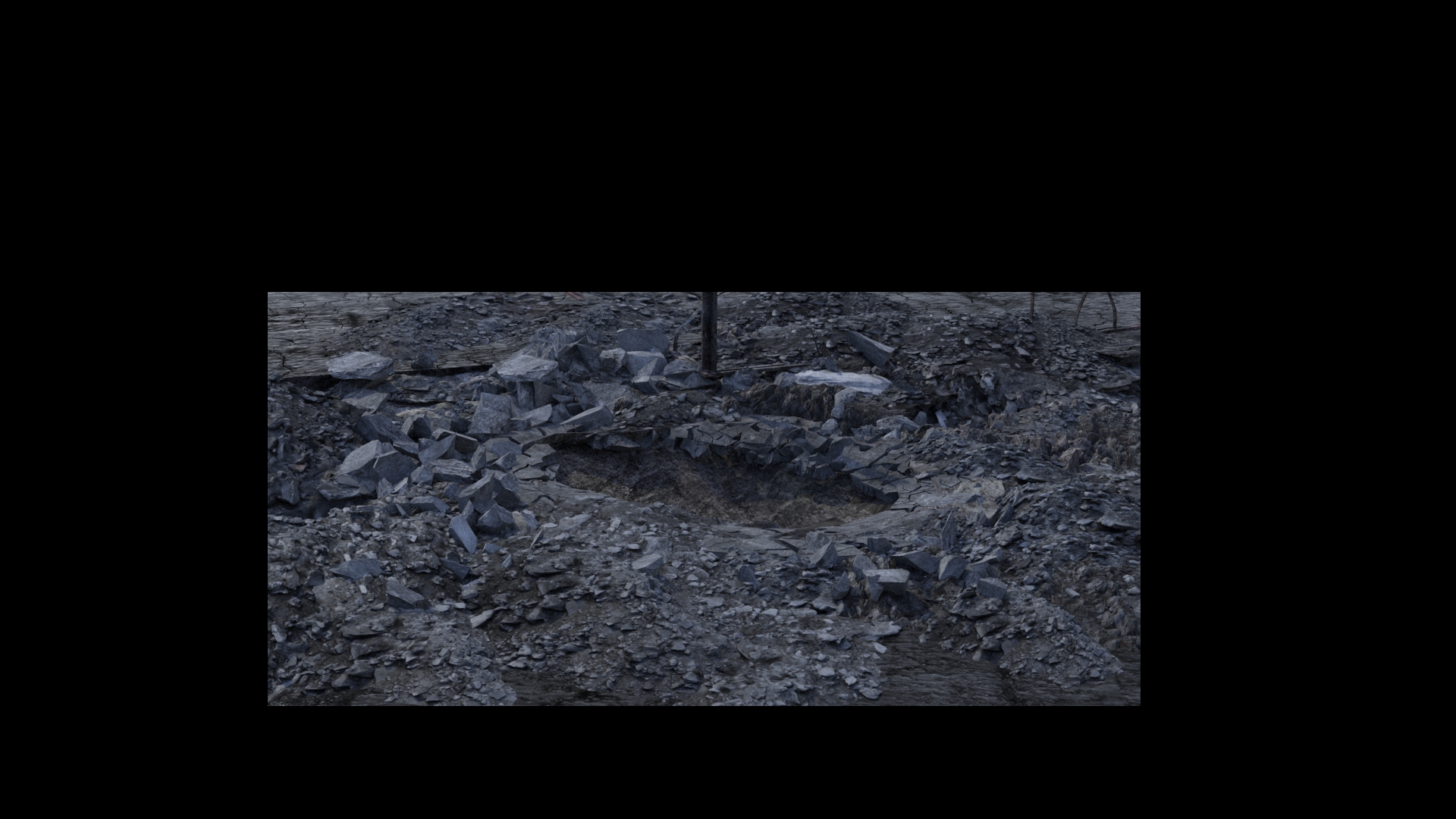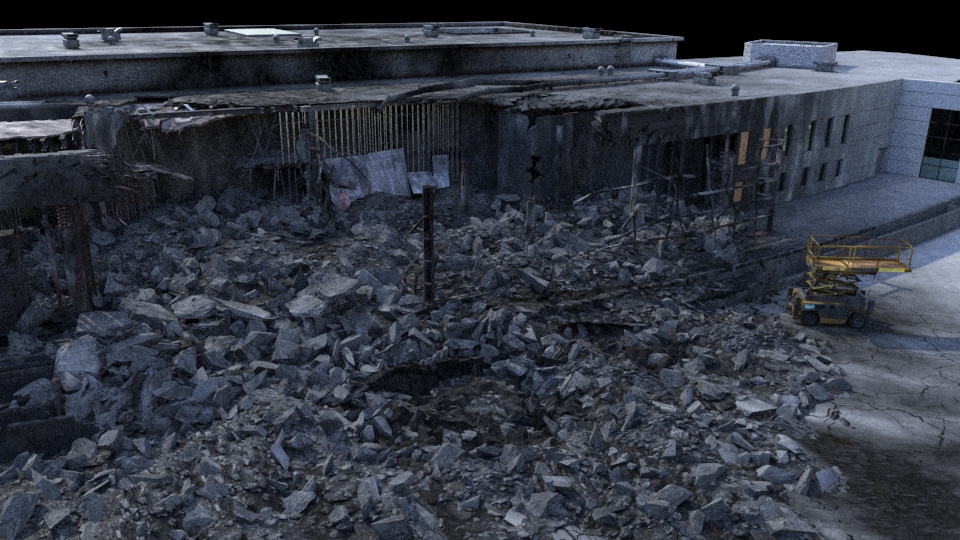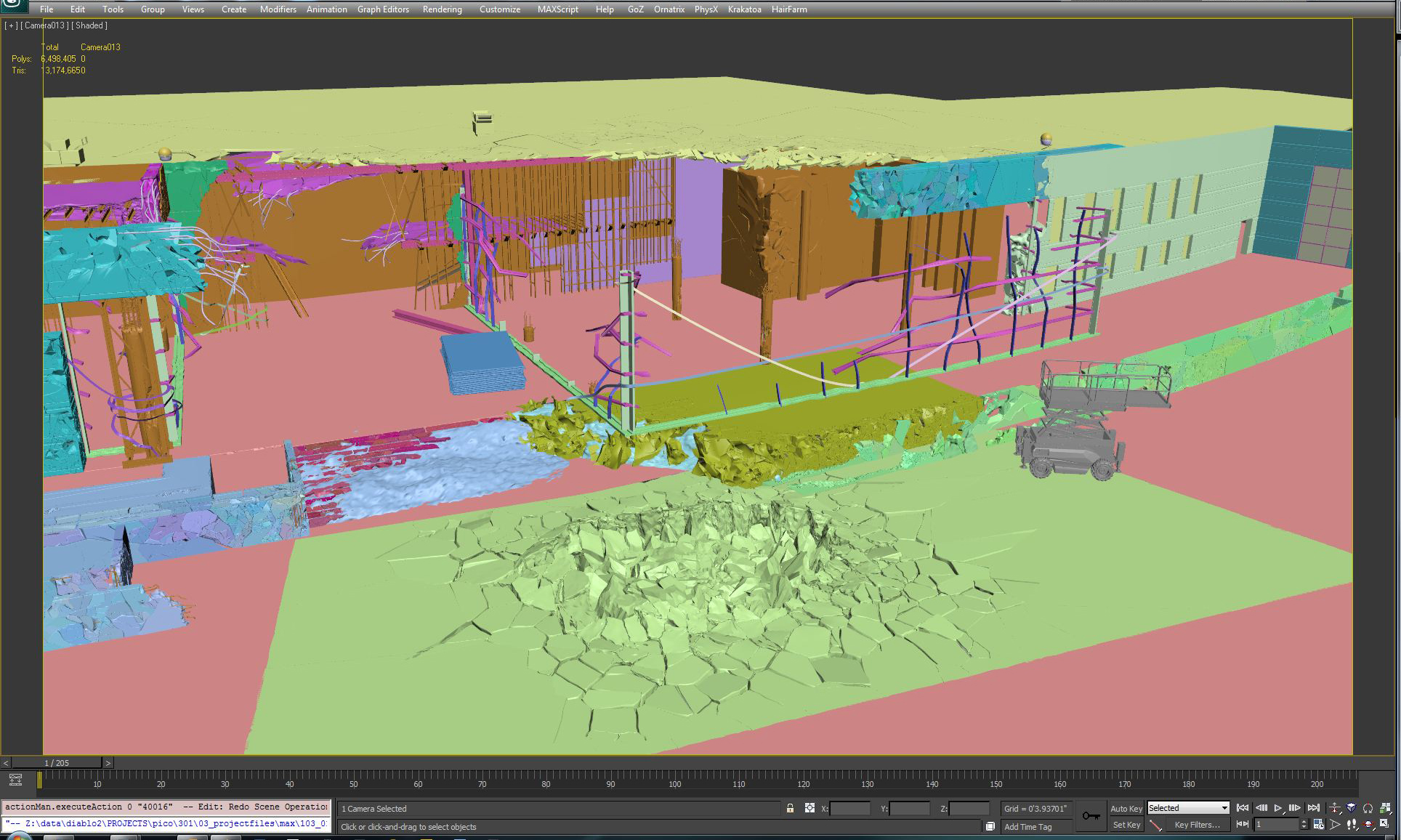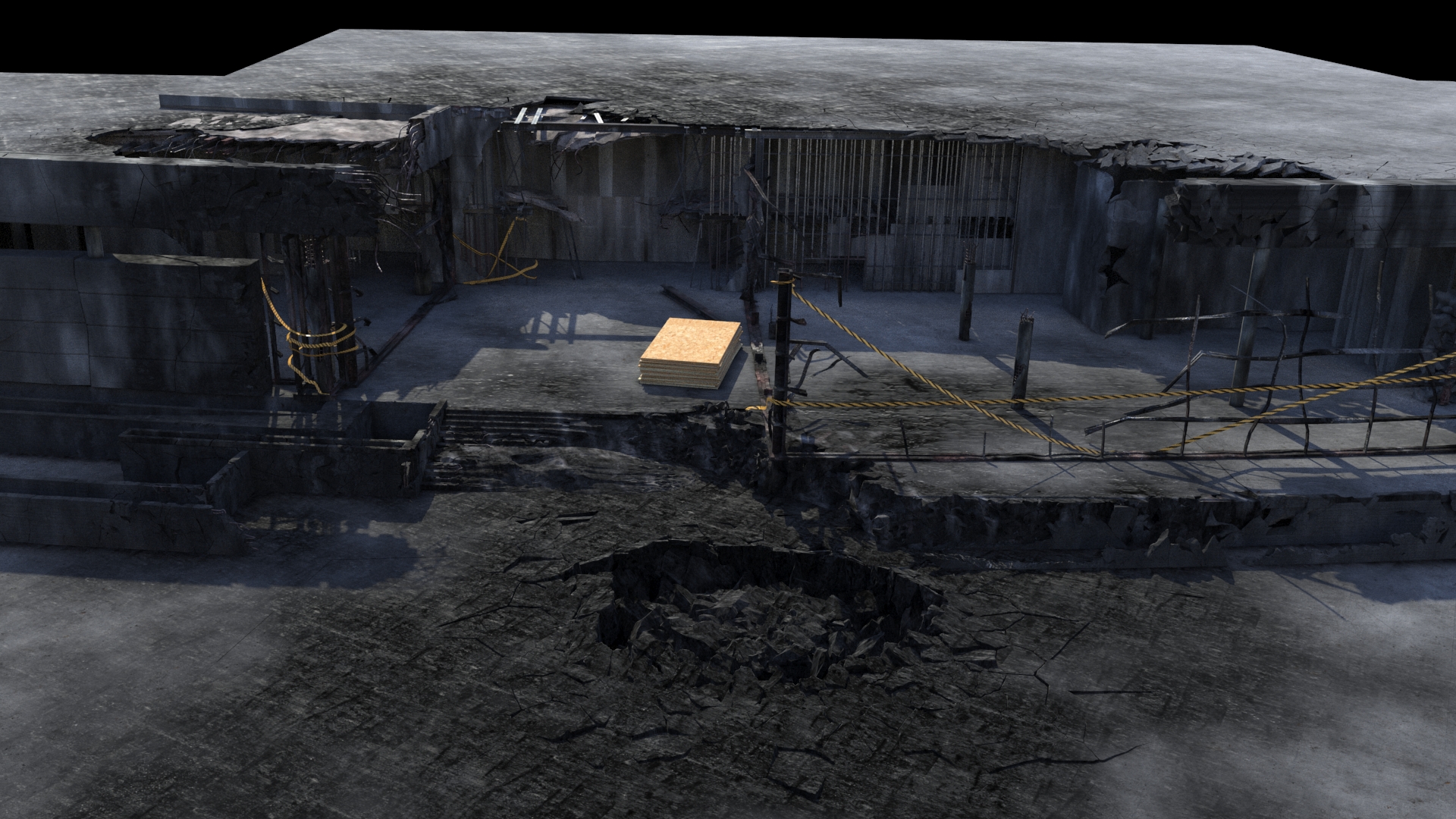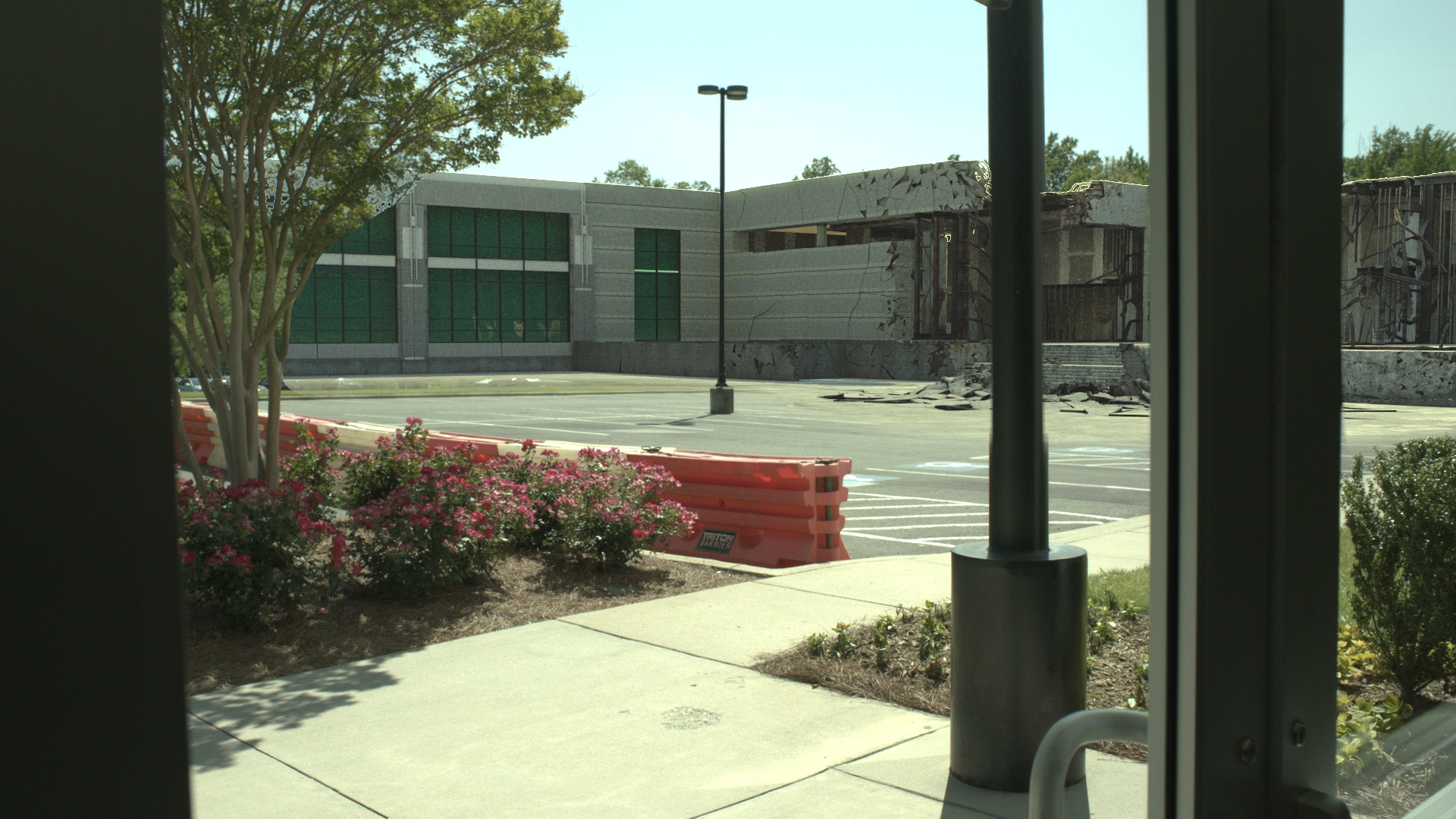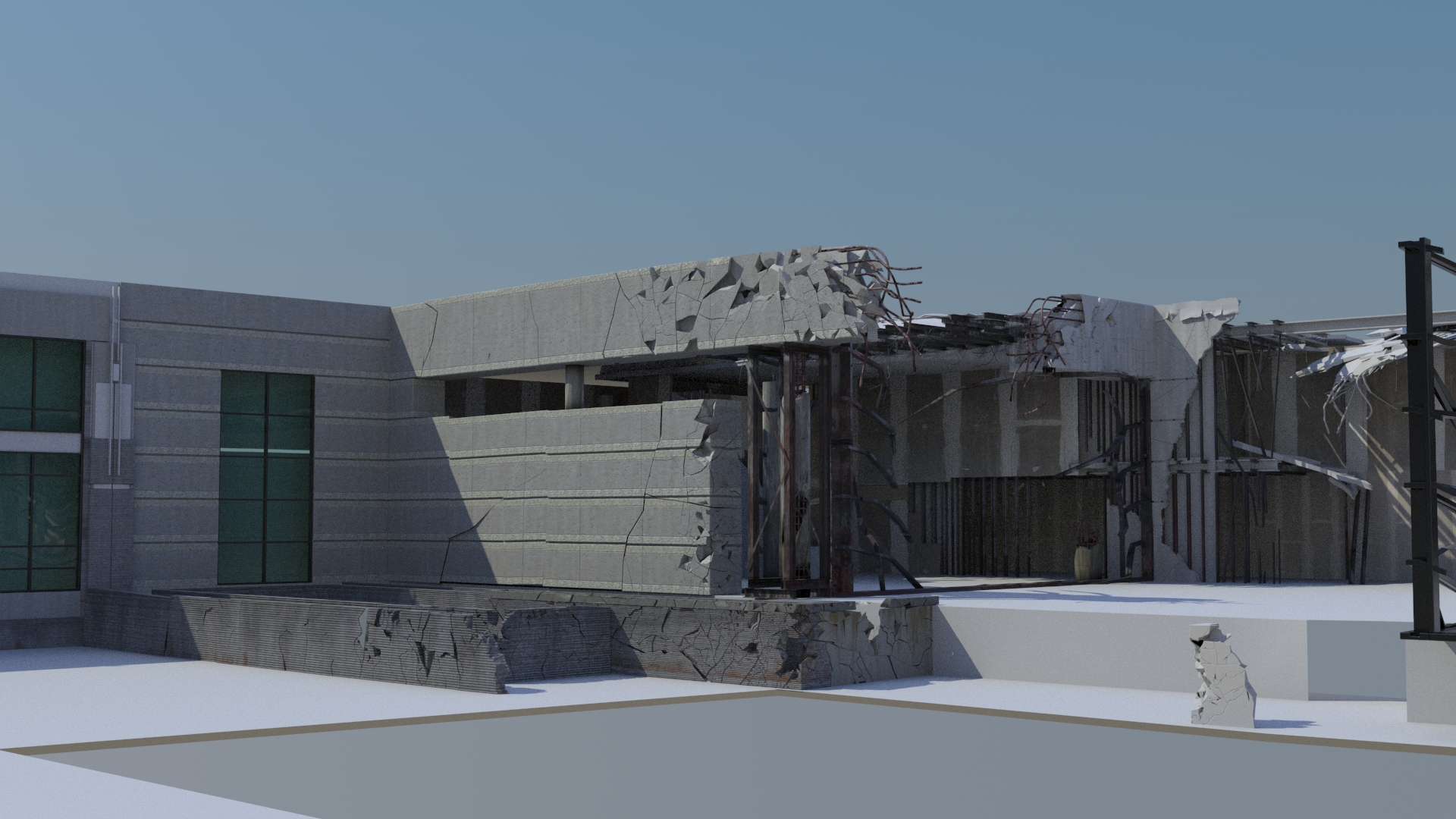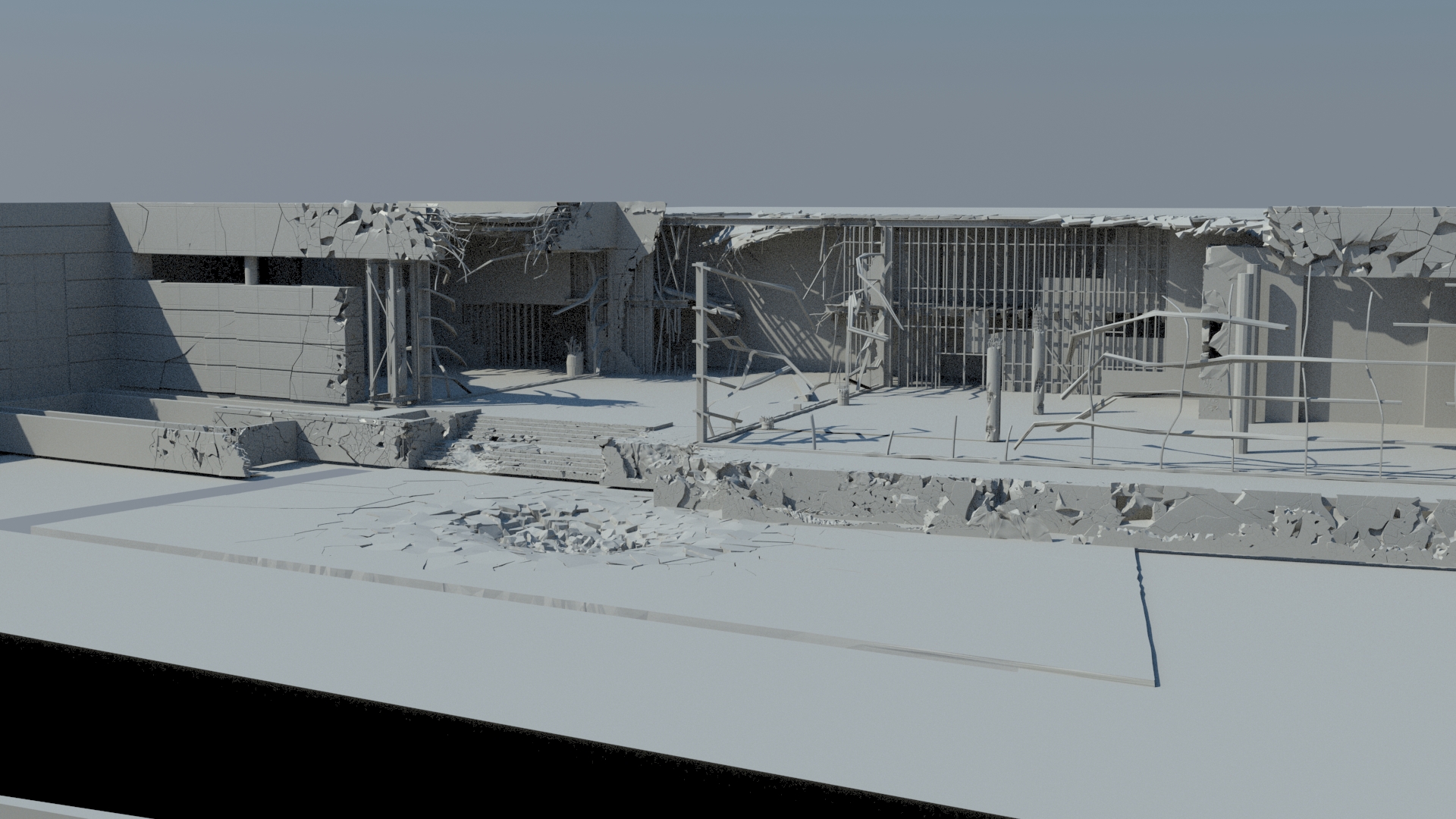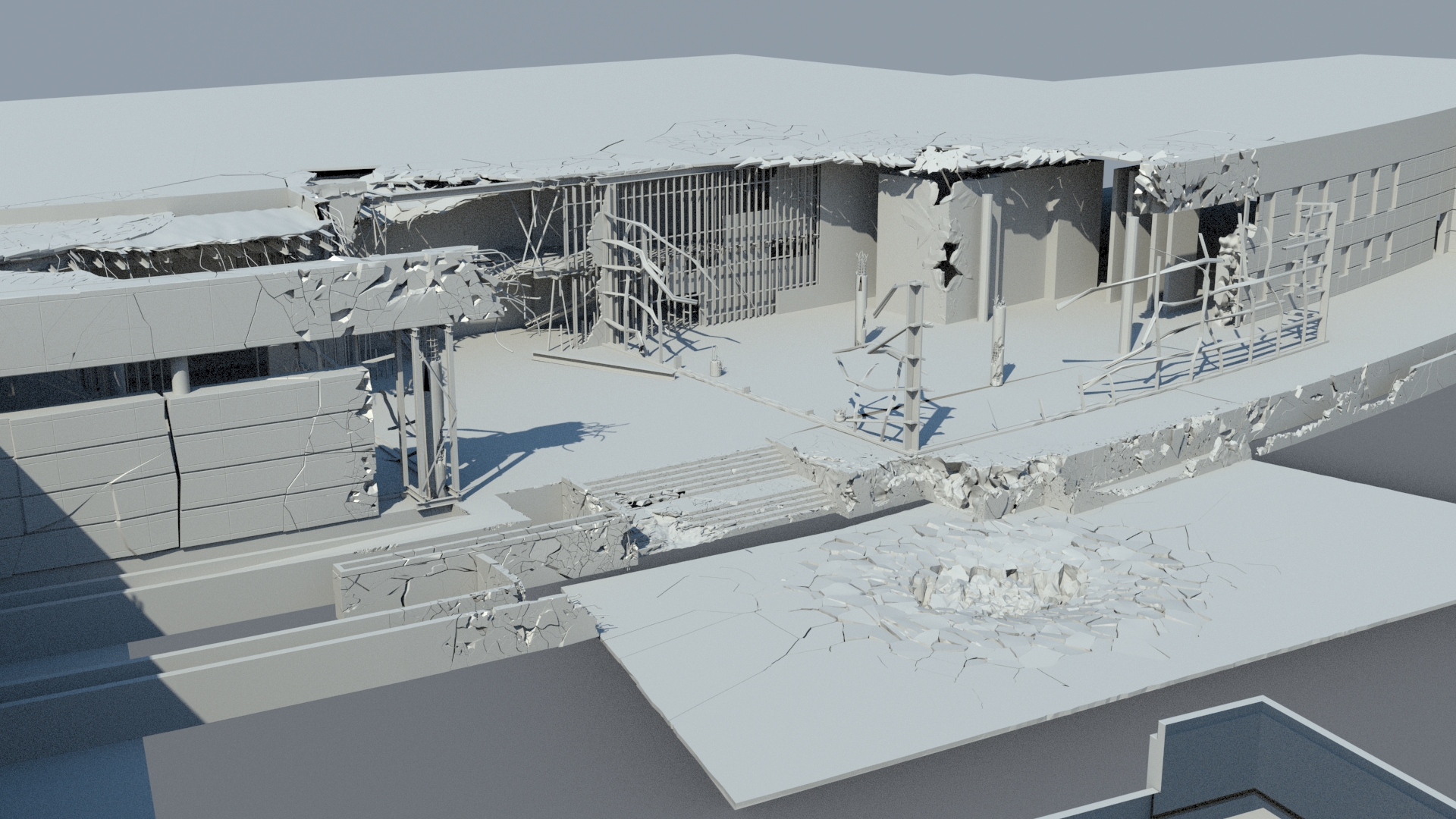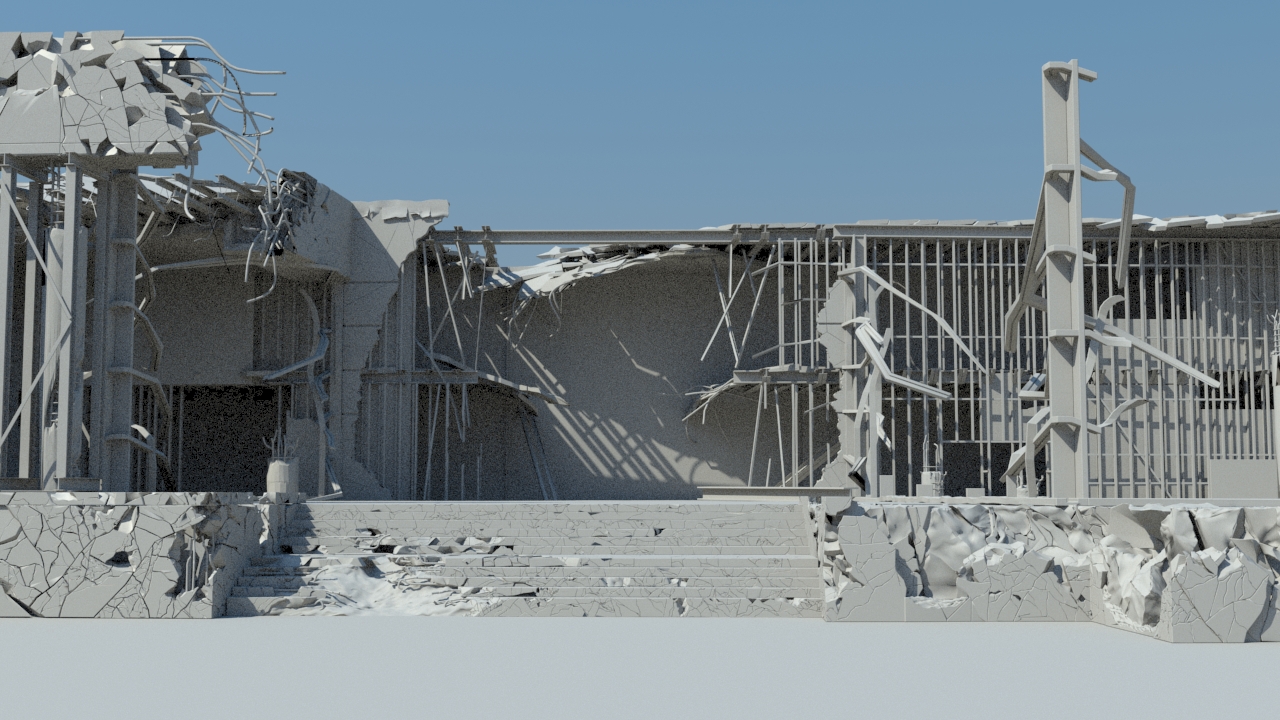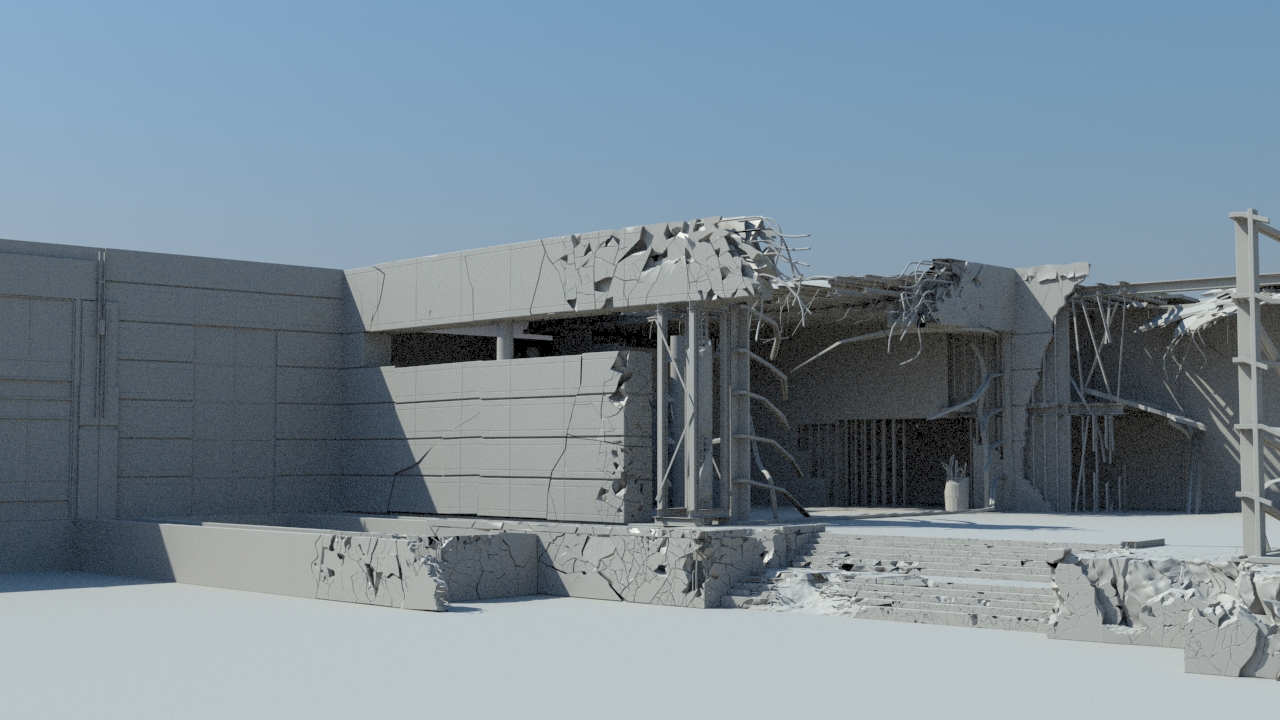Database-driven lookdev. I just came up with it right now. It almost sounds legit, doesn't it? But the reality of it is that I'm sure something like it exists and is already used in production, to some extent, somewhere. Through a couple of simple ideas and procedures, the process of surfacing something like a massive full-CG environment can be easily handled without any manual/artist work beyond the one initial, simple step required to define characteristics of any given object.
Most major vfx houses have already put into practice the process of "Object Tagging." What object tagging is, for those who aren't aware, is the definition of a part of a model on an object-level through a reference code which you can define through many different ways. That reference code can state what type of material should be assigned, what particular UV Tile is associated, what matte ID you'd like to assign it, etc. All of which can be utilized through post-render submission scripts, or even in the 3d software itself.
What I would like to see with object tagging is something more specific to the tedious task of surfacing thousands of objects. Object tagging assignments are done at the modeling stage. There's just no way around that...at the moment. So if someone is going to go through the painstaking task of doing that, everyone else shouldn't need to struggle like the modelers do. We might as well benefit from it.
A model gets tagged on its individual objects' nodes with a definition of material type. Is this wall concrete? Is this window heavily-tinted? Is this floor granite? Once all of those objects have been tagged accordingly, you'd publish it. After that, you'd run the auto-surfacing process (another term I just came up with). It would correlate the object's tagging to a shader library which would hook the two up.
You'd have to make sure every object has a set UVW scale. Let's say, 3ft by 3ft. All of your shaders would have a base tillable texture that matches real-world scale in compliance with the 3x3 scale. Above your base shader, you'd do everything else through procedurals. Ambient occlusion masks, fractals, normals-driven AO masks (like richDirt), etc. You'd basically eliminate any texture tiling, and ensure no-two objects have the same exact texturing. The auto-surfacing process should also cycle through random variations of any given-type of shader. You'd have, let's say, 50 different concrete shaders, and it would automatically randomize the assignments so that there are as few identical assignments as possible.
Random assignments would clearly introduce a problem off too much randomness. So, it would be obvious that some sort of control would be required. A color palette distribution percentage (more reds?...more grays?, etc.), an architectural look percentage (more brick buildings above all else?...more concrete than anything else?, etc.), and so on. There would have to be a process somewhere in the mix that drives all of these options. Obviously, you could manually define these during the modeling process, but you'd be limiting yourself to any flexibility and change after the fact by doing so.
Anyway, after having worked at a couple of different facilities on different shows and all-CG environments, I figured, as automated as things had been, there was still just way too much manual labor involved, and not enough automated post-processing. This is just an idea of how to overcome the time-consuming process of surfacing, which would free up a lot more time to focus on more important things, like coffee-and-cigarette breaks. And it's not outlandish, by any means, because I've seen bits and pieces of these processes scattered here and here, mainly by Digital Domain--the concept just needs to go further, and I think this is one approach to take it there.
Artur Sayan
Saturday, May 23, 2015
Monday, July 7, 2014
Monday, October 28, 2013
Some WIP generalist work done for episodics...
Did lots of modeling, texturing, concept work, shaders, cloth sims, fracturing, and lighting for many TV shows in the last 7 months or so. Here are some of my favorites!
Edit: I just realized that Blogger compresses and flattens the crap out of images uploaded. :(
Edit-edit: Re-uploaded the images through Flickr. Uncompressed, now. Yay!
Thursday, September 12, 2013
2013 Summer Reel
Latest reel removing some commercials to make space, and adding work I've done on Oblivion. Thanks for watching!
ArtsReel 2013 Summer from Artur Sayan on Vimeo.
Sunday, February 17, 2013
Hey, everyone. New demo reel including features work I have done on X-Men and Hugo. Check it out! Thanks for watching!
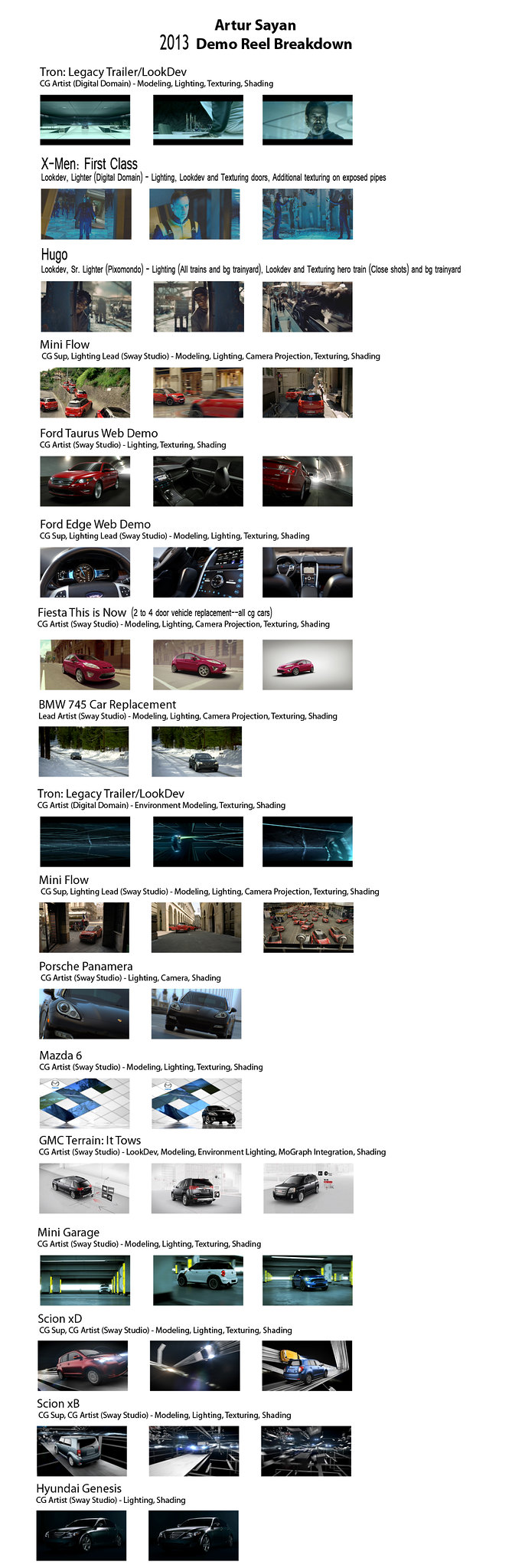
Artur Sayan Demo Reel 2013 from Artur Sayan on Vimeo.
Breakdown:
Tuesday, January 17, 2012
Hyundai Genesis "Dark"
Just some overhead fun/work done at Sway. Short, but sweet was the idea. And yes, I should've smoothed the mesh on the front windshield. :)
Digital Painting!
Yay! Finally finished this a couple of weeks ago.
I know, I know. It sucks, next to your badass matte painting and/or sketch of the Mona Lisa you did on a piece of toilet paper while on the crapper, but this was a huge accomplishment for me! :D
I know, I know. It sucks, next to your badass matte painting and/or sketch of the Mona Lisa you did on a piece of toilet paper while on the crapper, but this was a huge accomplishment for me! :D
Red Faction Guerrilla
Some test renders from the Red Faction Guerrilla cinematic I worked on a couple of years ago (Done at Tigar-Hare).
On most assets I've upscaled, retextured, and shaded the models. On some, I've also done the modeling. I didn't do any texturing on the Walker.
On most assets I've upscaled, retextured, and shaded the models. On some, I've also done the modeling. I didn't do any texturing on the Walker.
Subscribe to:
Posts (Atom)
